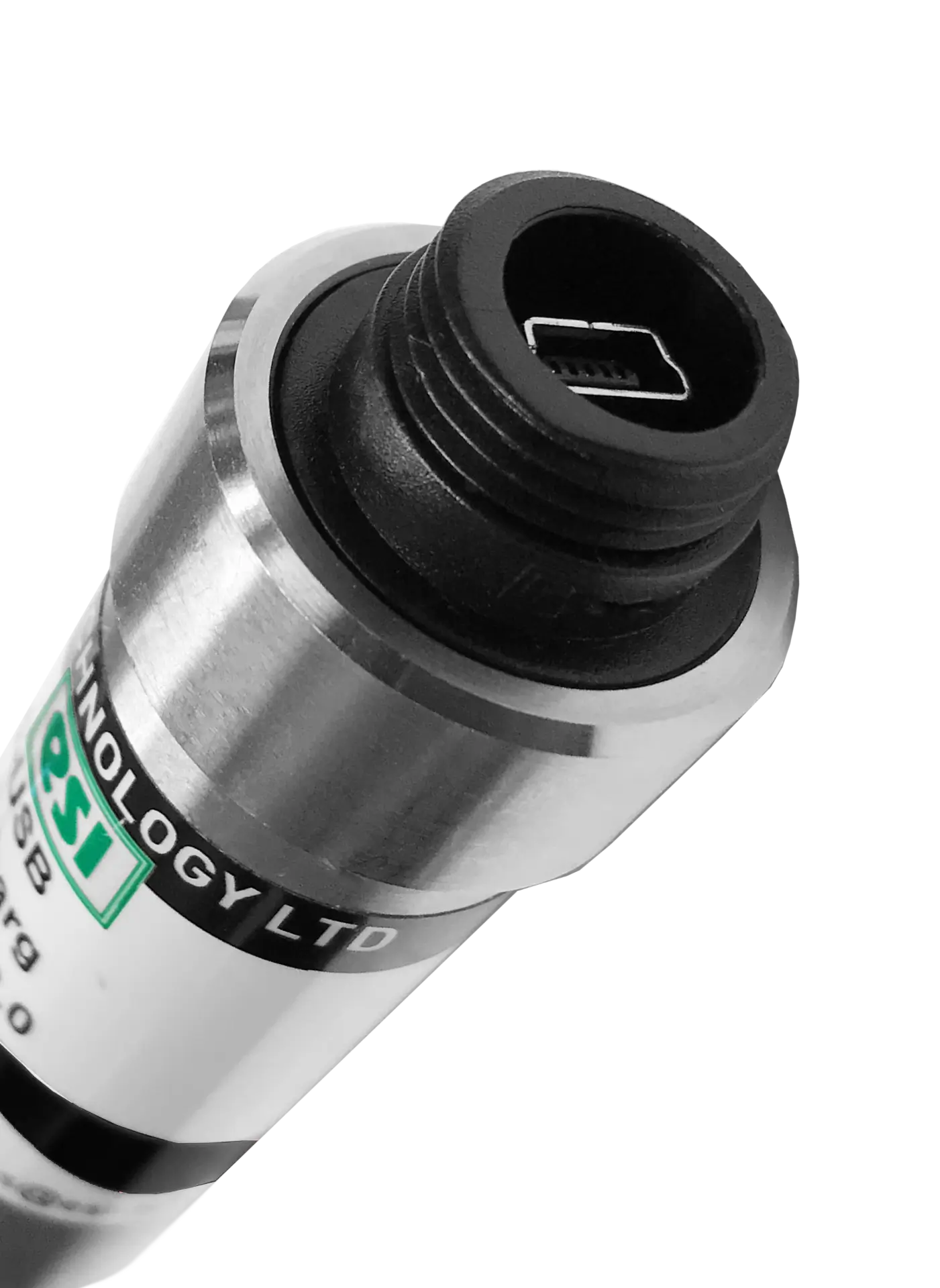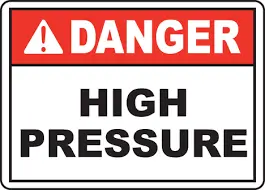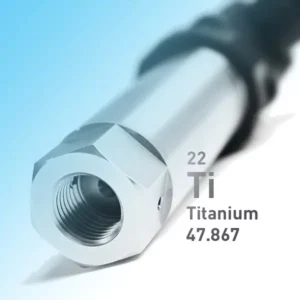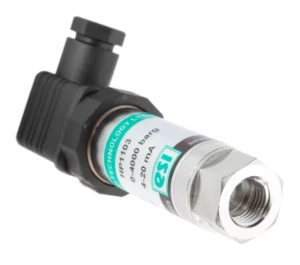Our Unit Converter
The ESI Unit converter allows you to quickly and easily access a conversion tool to work out your preferred unit of pressure measurement wherever you may be. Whether out on-site or in the office.

Download the ESI-USB© Software
The ESI-USB© software allows you to connect your ESI transducer to your laptop or PC and be up and running monitoring pressure data within ten minutes. The software auto-updates and is compatible with Windows 8, 10 & 11.


Is your Hydraulic System Safe?
Creating a secure high pressure hydraulic system is a serious business. Great care must be taken to ensure that components used are suitable for high pressure use, however, it is equally important to understand the dynamics of the system.
High pressure hydraulic equipment suppliers will offer guidance in how to select the right components for the job. This will include rigid tubing, flexible hoses and a seemingly infinite selection of adaptors and connection options. Depending on the pressure rating of the system deciding on the best process connection can be tricky. For instance, pressures of 2,000 bar and above require specialised metal to metal interfaces with male and female cone machined details which remove reliance on elastomer sealing techniques such as O rings and bonded seals. Similarly these connections keep the effective volume to a minimum by having a small bore interface to match the internal diameter of the high pressure tubing.
It is common that hydraulic equipment will be connected by rigid high pressure tubing often manufactured from thick wall seamless stainless steel. This in itself would appear to be the ideal solution but rigid tubing can transmit pressure transients and vibration from one component in the system to another. Being aware of transients is important and in order to combat this hydraulic system designers often recommend introducing specialised flexible hoses and/or formed rigid tubing (bends) which dampen the effects.
Transients or pressure spikes can create a brief but significant rise in system pressure which, if not accounted for, can compromise sealing points especially those where measurement components for are added to be enable the user to monitor parameters such as pressure.
Having reviewed these parameters and selected hardware that will stand up to the calculated pressure and vibration it is important then not to compromise the assembly when adding measurement instrumentation.
It is very common that systems will require electronic monitoring in the form of a pressure transmitter and the same diligence needs to be applied when choosing a suitable instrument. Naturally it is sensible to source a product with the same mechanical interface as the rest of the system but just doing this may not be enough…
It is important that the sensing element inside the pressure transmitter is able to cope with the maximum system pressure. The pressure sensing element is usually secured behind the threaded pressure port towards the front end of the transmitter. Many manufacturers have pressure sensing elements which are held into position on an o ring seal secured by a locking ring or clamp. This technique is not ideal as the entire system is now dependent on the integrity of a flexible seal. Over time seals can deteriorate and potentially fail.
By comparison a welded metal pressure diaphragm sensor offers greater security. Here the pressure integrity is dependent on the quality and rating of the weld joint between the treaded pressure port and the metal pressure diaphragm
For high pressures this is best achieved using electron beam welding techniques.
The ultimate solution is to have a pressure sensor and threaded pressure port machined from a single piece of metal. Even better is to have that component machined in high strength, high tensile material such as Titanium.
ESI’s HP1000 series high pressure transmitter offers exactly that. Using high sensitivity silicon-on-sapphire strain gauge sensing technology and a pressure port and diaphragm configuration machined from a single piece of titanium, pressure integrity is of no concern. There are no seals or welds to worry about. Supplied with 9/16”-18 UNF (F250C) high pressure connection HP1000 series can be integrated with piece of mind to high pressure hydraulic assemblies and will definitely not compromise any system.






